Spine Surgery
Home : : Services : : Spine Surgery
Spine Surgery Overview
If you’ve struggled with back pain for any length of time, you may be wondering if spine surgery is your only treatment option. Sometimes, surgery is the only treatment. However, there’s good news. The vast majority of back problems can be remedied with non-surgical treatments—often referred to as non-surgical or conservative therapies.
Aging, improper body mechanics, trauma and structural abnormalities can injure your spine, leading to back pain and other symptoms such as leg pain and/or numbness or even leg weakness. Chronic back pain is a condition that generally requires a team of health professionals to diagnose and treat. Before resigning yourself to surgery, consider getting opinions from several spine specialists. This investment of time and information-gathering will help you make an informed treatment decision that will best support your lifestyle and desired level of physical activity.
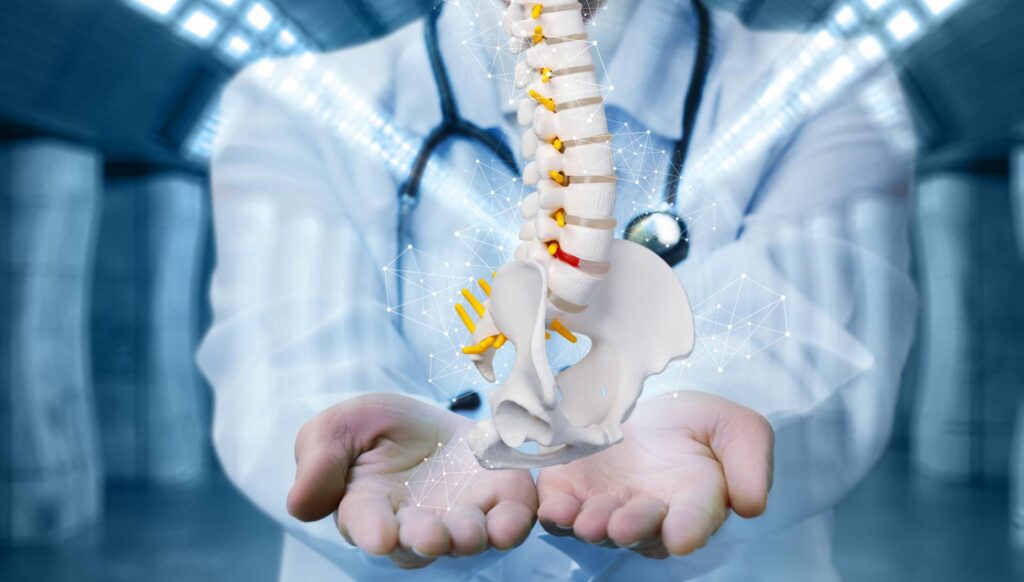
Conditions Treated by Neuro Spine Surgery
Neuro Spine Surgery treat conditions related to the brain, peripheral nerves, spinal cord and extra-cranial cerebrovascular system. There are different procedures involved in Neuro spine surgery that focuses on specific conditions.
Neuro-spinal specialists can perform many types of surgeries to alleviate uncomfortable symptoms, correct misalignment, and repair spinal structures. Spine surgery may correct unhealthy abnormalities in the spinal cord, nerves, ligaments, vertebrae, and the discs between them. It can be performed in the cervical, thoracic, lumbar, and sacral portions of the spine and surrounding tissues. Some of the conditions include –
- Fractures
- Brain and Spine Tumors
- Degenerative disc disease
- Lumbar spinal stenosis
- Cervical spinal disc disease
- Scoliosis
- Neck pain
- Herniated pain
- Infection
- Lumbar spinal stenosis
- Lower back pain
- Surgical pain management
- Spine trauma care
Laser Spine Surgery
Laser spine surgery is an alternative to traditional spine surgery where doctors use thin blades and manual instruments to open the skin and modify the tissue and bone beneath it. This is a minimally invasive endoscopic procedure that does not require any cutting or disturbing of the muscles and bones. The procedure is performed on an outpatient basis and only requires a very small incision. The recovery is also quick in this procedure unlike conventional spine surgery. An endoscope is used for directing a laser beam at the affected area. The laser is passed through the small incision made which is in the back of the back or neck. The other device used in laser spine surgery is the scalpel. Both the direction and placement of the laser depend upon the actual site of the spinal issue. This is known as the best proven procedure for spine related problems.
Cervical Spine Surgery
Cervical spine surgery is performed for eliminating tingling, weakness, pain and numbness caused in the spine. The surgery also prevents the abnormal motion in the spine and also restores nerve function. The surgery is performed for a number of cervical spine problems. The conditions of instability, degenerative disorders or trauma can produce excess pressure on the
A condition which refers to a problem with a rubbery disc between the spinal bones. This condition occurs when the soft center of a spinal disc pushes through a crack in the tougher exterior casing. Some herniated discs cause no symptoms. Others can irritate nearby nerves and result in pain, numbness or weakness in an arm or leg. Not every disc needs intervention. When required, treatment includes medication, physiotherapy and possibly surgery.

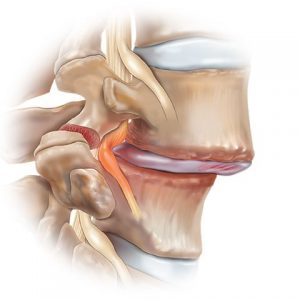
A spinal disorder in which a bone (vertebra) slips forward onto the bone below it.Spondylolisthesis risk factors include sports that put stress on the bones in the lower back, such as gymnastics and football. Genetics may also put some people at increased risk.
If the vertebra slips too far, it may press on nerves and cause severe back pain or nerve crowding that produces leg pain or numbness.
Initial treatment may include rest and medication. Severe spondylolisthesis may require surgery.
Damage to any part of the spinal cord or nerves at the end of the spinal canal.A traumatic spinal cord injury may happen because of a sudden blow or cut to the spine.
A spinal cord injury often causes permanent loss of strength, sensation and function below the site of the injury.
Rehabilitation and assistive devices allow many people with spinal cord injuries to lead productive, independent lives. Treatments include drugs to reduce symptoms and surgery to stabilise the spine.


A spinal tumor is an abnormal mass of tissue within or surrounding the spinal cord and/or spinal column. These cells grow and multiply uncontrollably, seemingly unchecked by the mechanisms that control normal cells. Spinal tumors can be benign (non-cancerous) or malignant (cancerous).
Spinal Infections. The vertebral column (bones), the intervertebral discs, the dural sac (the covering around the spinal cord) or the space around the spinal cord may become infected in a number of circumstances. The infection may be caused by bacteria or fungal organisms.
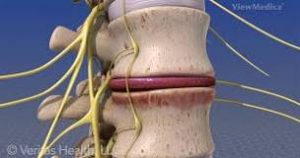

Tethered cord syndrome (TCS) or occult spinal dysraphism sequence refers to a group of neurological disorders that relate to malformations of the spinal cord. Various forms include tight filum terminale, lipomeningomyelocele, split cord malformations (diastematomyelia), dermal sinus tracts, and dermoids.
A condition in which bones become weak and brittle.The body constantly absorbs and replaces bone tissue. With osteoporosis, new bone creation doesn’t keep up with old bone removal.Many people have no symptoms until they have a bone fracture.Treatment includes medication, a healthy diet and weight-bearing exercise to help prevent bone loss or strengthen already weak bones
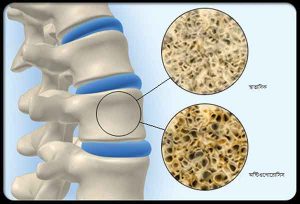
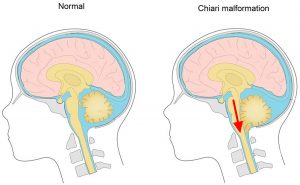
Syringomyelia is a rare disorder in which a cyst forms within your spinal cord. As this fluid-filled cyst, or syrinx, expands and lengthens over time, it compresses and damages part of your spinal cord from its center outward.
We Provide the Best Treatement
Book your appointment with Dr. Chandrashekar Raman is a distinguished Brain Spine Surgeon in Magarpatta and Neurosurgeon in Pune.
